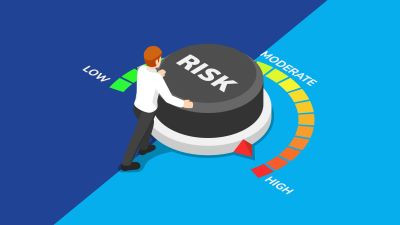When it comes to the collection, storage, use, disclosure, and disposal of private information, data processing risks refer to possible threats or vulnerabilities. The roots of these risks could be diverse such as technological factors, human errors, malicious activities, regulatory non-compliance, and emerging trends in data protection.
After Brexit, managing data processing risks becomes more complex for organizations due to changes in data protection laws and regulations between the UK and EU. Efficient risk management necessitates an understanding of the specific hazards arising from modifications related to Brexit.
